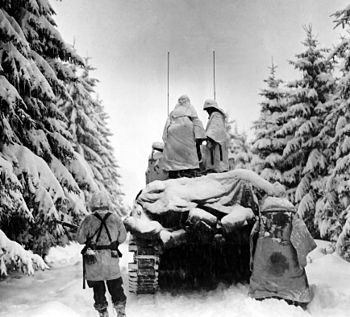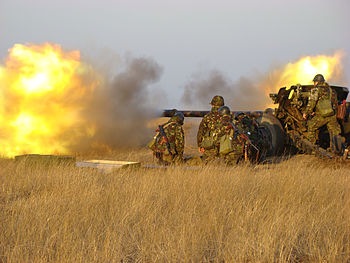This is the third post on my Operational Research driven wargame rules (and it’s probably about time that I came up with a catchy name for them, ideas in the comments section most welcome).
One of the most unrealistic things I find in most commercial wargames that I have read or played is that it is very easy for players to change their plans and give new orders to their troops every turn. This is so common that there’s even a name for it, the 200ft General.
What is the Problem?
The concept being that the player is like a General with perfect perception and control of his troops, and he can react to things that they aren’t yet aware of because the player can see the models on the table.
Here are a couple of relevant quotes from the Operational Research that demonstrate why this is a problem.
“a detailed, well-rehearsed plan blocks acceptance of the quick orders rattled out over the radio ten minutes before an attack starts. This mix of friction and mental block can be seen to play a part in nearly half of all mission failures.” Murray in Brains & Bullets
“complicated plans were much more likely to fail.” Murray in Brains & Bullets
So this gives a constraint to the game design. A successful OR driven wargame will ensure that it isn’t easy to change orders and that the more complicated a plan is the more likely it will be to fail.
Potential Solutions
This isn’t a new problem, many wargame designers have grappled with it over the decades that wargaming has been popular. Lots of games have mechanisms of one sort or another to counteract this, ranging from hidden movement and deployment through to complex activation systems. All of these have problems, but at least they’re trying to solve the core problem of limiting player decisions to those that are reasonable for a commander on the ground.
- Hidden movement & Deployment. This is a very good solution, and one that lots of games try to implement. It has difficulties in that you either need to trust the other player or have an umpire. Failing that some pre-game organisation to produce maps that can be annotated helps. It tends not to be used for competition wargames.
- Written Orders. This is what real armies do, and so far as I’m aware only one commercial game has attempted this (Spearhead). It slows down the game, or increases setup time. Possibly producing a pro-forma might speed things up.
- Unit activations. This seems to be common in popular rules. The actual mechanisms vary considerably, but the gist of it is that as a player you cannot be sure whether or not particular units will be activated. About all you can be sure of is that you cannot move your entire army. A good example of this is the DBA PIP system. A general gets 1d6 unit activations each turn.
I think that a good solution would be streamlined and easy to implement by players. Something like this is likely to have a major impact on gameplay speed, and we’re looking for ‘fast’ as a default setting. Each game turn needs to take 5-10 minutes to run through so that a whole game (including setup) can happen in about 2 hours.
Do you have any other potential solutions to this problem?























